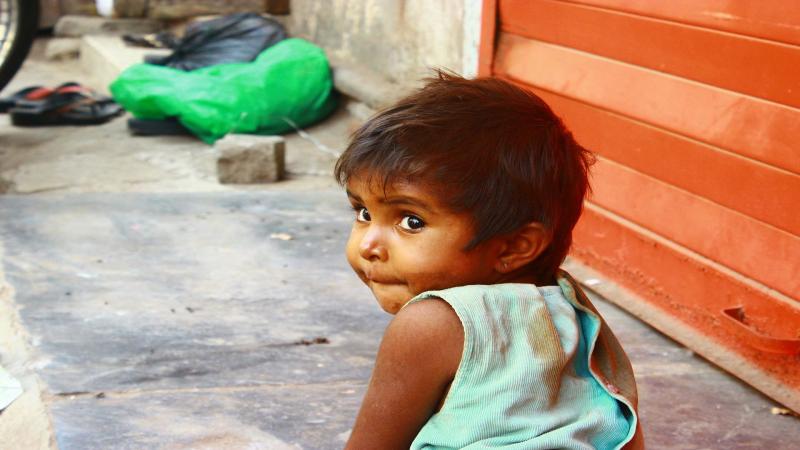
Child mortality is a leading cause of concern in many developing countries. Lack of necessary healthcare facilities has resulted in children's death due to infectious diseases such as pneumonia, diarrhoea and other complications related to preterm birth. However, most of these diseases are avoidable with inexpensive interventions like appropriate nutrition, breastfeeding and vaccination. The Millenium Development Goals (MDG) declared reduction in child (under-five) mortality as one of its eight targets to be achieved by 2015. In a report released in 2015, the world saw a 50% reduction in child mortality since 1990. The UN's Sustainable Development Goals, proposed in 2015, emphasise on further reducing child mortality by 2030.
A recent study, led by researchers from the Johns Hopkins Bloomberg School of Public Health, USA, and involving researchers from the UK, Switzerland, Canada and India, has provided some insights into how well India has fared in reducing child mortality. The study provides estimates of child mortality at a national, regional and state level in India. Published in the journal The Lancet Global Health, it asserts that although India saw a significant decrease in child mortality since 2000, it still fell short of the target sketched out by the MDG. The Bill and Melinda Gates Foundation funded the study.
The researchers used different modelling approaches to estimate live births, number of deaths and mortality rates in various states in India using data from sources like the sample registration system. Given the lack of data on the causes of neonatal deaths, involving infants aged 1–28 days, techniques such as verbal autopsy were used. Verbal-autopsy is an interview and statistics-based tool used to ascertain the causes of infant mortality in settings where sophisticated healthcare facilities that determine causes of death are unavailable.
The study estimates cause-specific mortality rates among children using verbal-autopsy data obtained through extensive literature review and talking to known investigators. The authors identify and group the causes of death into the following categories—pneumonia, diarrhoea, meningitis, injury, measles, congenital abnormalities, and causes originating in the perinatal period or the period just before and after the birth of the child.
The study finds that there is a disparity between regions in mortality rates among children. The southern states had the lowest mortality rate of 29.7 deaths per 1000 live births. On the contrary, the eastern and central states had twice that number of estimated infant deaths. Bihar, Rajasthan, Uttar Pradesh, Chhattisgarh, Madhya Pradesh, Odisha, Jharkhand, Uttaranchal and Assam had an alarming mortality rate 1.8 times higher than the rest of the states in India. On the brighter side, Madhya Pradesh, Odisha, Uttar Pradesh and Rajasthan showed improvements in child mortality rates. In these states, the mortality reduced by more than half in the years 2000–2015.
The disparity between states with the highest and lowest mortality rate increased in the years 2000–2015. These findings show that, although child mortality rates have decreased, this decrease is limited to a few regions in the country. The significant causes of death, which include preterm birth complications, intrapartum-related events, and sepsis or meningitis in neonates, remain unchanged from 2000.
The study also highlights that mortality in neonates declined slower than the decline in mortality in children aged between 1–59 months. This finding has implications for measures directed at infants and prepartum care.
The under-five mortality rates in India have gone down drastically since 2000, and the researchers attribute this to the decline in causes that can be managed through vaccines. However, neonatal care remains a cause of concern. The study suggests a few changes to neonatal care that could improve survival.
"Cost-effective interventions, such as kangaroo care, thermal control, breastfeeding support, and basic care for infections and breathing difficulties, could be considered," say the researchers. "Efforts in integrated newborn care packages, such as integrated management of neonatal and childhood illnesses, could further improve neonatal health outcomes," they add.
While there is a decline in under-5 mortality since 2000, India still has some way to go before we meet the Sustainable Development Goals. Studies, such as these, provide directions towards achieving these goals while highlighting the causes and areas of disparity.






